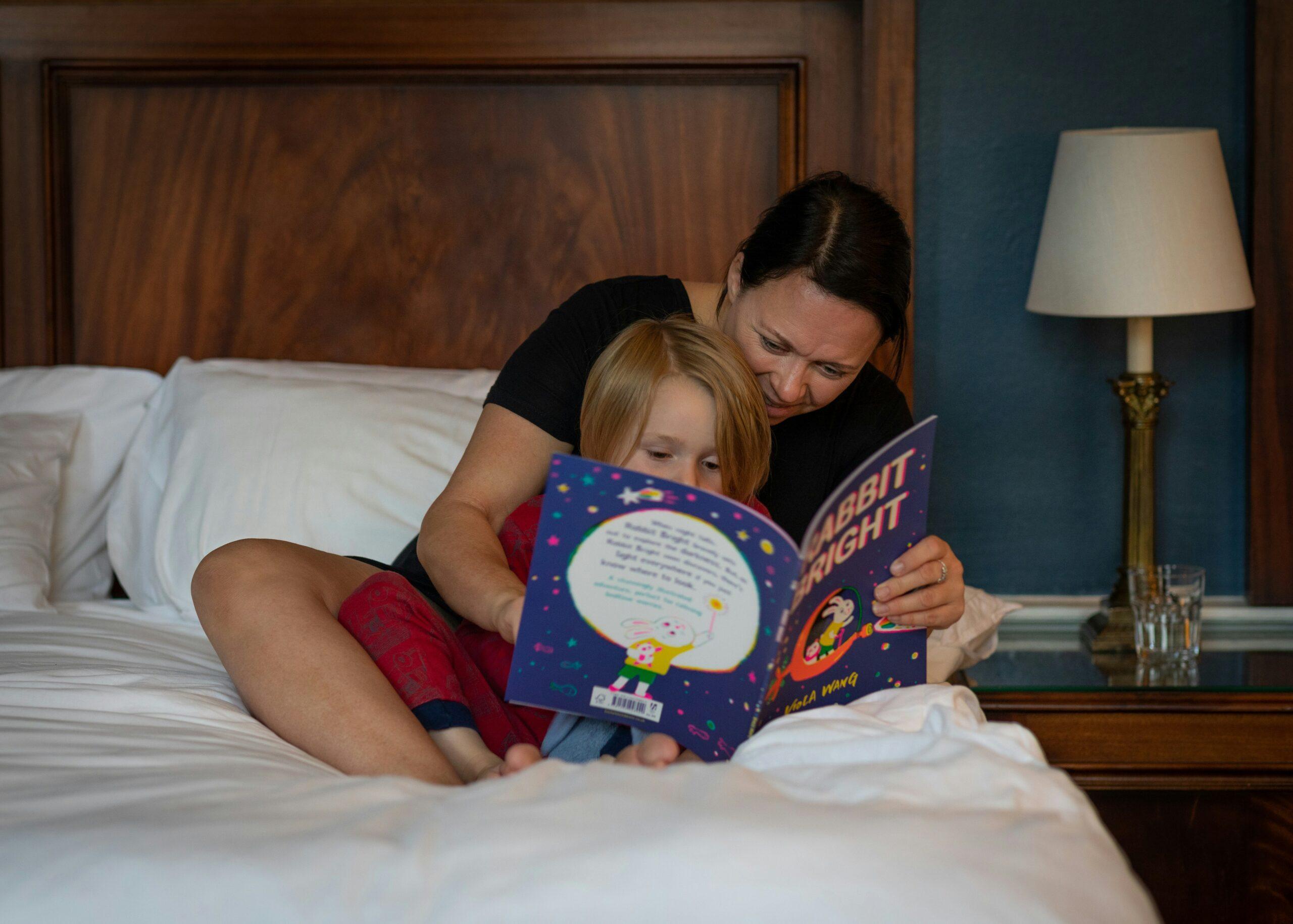Millions of parents struggle with setting bedtime boundaries for their children. As a result, many parents end up co-sleeping with their kids as a way of avoiding their children’s resistance to going to bed and staying in bed.
For some families, co-sleeping is a cultural, economic or parenting decision. For most parents, however, co-sleeping has become a habit perpetuated for the wrong reasons and it neglects parents their adult time together and needed rest.
Research reported in the 1990s revealed that about half of the parents of preschoolers and up to one-quarter of parents of elementary-age children engage in co-sleeping. A survey I conducted in 2007 revealed similar statistics. I also found that two-thirds of the parents who co-sleep with their children ages toddlers through teens answered “yes” to the following question: Do you let your children control the sleep arrangement because they scream, cry or demand to be with you at night? In other words, it appears that the majority of parents who co-sleep are doing so to appease their children rather than in response to a well-thought parenting plan.
Parents often tell me that they acquiesce to co-sleeping because they feel mean asking their children to sleep independently when they see their children upset at bedtime. But, you are not being mean by encouraging your children to feel secure in their own beds; you are being a loving and confident parent. You’re helping your child cope with a normal life transition. Think about it. If you don’t teach your child how to sleep without you, you may be sending the message that it’s unsafe to sleep without you. You therefore run the risk that your children will believe that if it’s unsafe to sleep without you in their own beds in their own home, then perhaps it’s unsafe to do other things without you, such as enter the school building, stay at school all day or sleep at a friend’s house.
Maintaining a secure bond with your child does not require staying physically attached during the night. In fact, securely attached children have the coping skills to separate from you for sleep because they have internalized the safe feelings you have worked hard to establish. Your job is to teach your children how to recognize and use their own resources.
Rather than react to your children at bedtime, take measures during the day to sever the co-sleeping habit. As a parent, you can be a calm and confident role model by teaching your children how to sleep without you.
Teaching your children how to sleep without you has benefits for you, too. It grants you important moments in the evenings for yourself and for you to share with your partner. It also allows you to reclaim your bedroom for privacy and uninterrupted sleep. As you might need some guidance on how to accomplish this, I have provided five pointers for reestablishing your bedroom for sleep.
Four Bedtime Tips
- Provide time for your children to wind down before bedtime to enable their minds and bodies to relax during the transition from the active day to a restful night’s sleep.
- Teach your children how to self-comfort. This helps them learn how to use their inner resources and depend on you less for falling asleep. Holding a stuffed animal generally aids a toddler. Singing to children helps preschoolers. Conjuring up relaxing mental images helps older kids.
- Don’t lie down with your child at bedtime or in the middle of the night. Lying down with your children— either in their beds or in yours— makes it difficult for them to learn how to sleep without you.
- Realize that tucking in has a beginning, a middle and an end. It ends with disengaging from your child so that he or she can acquire the skill of falling asleep and you can get into your own bed.
Five Pointers for Reclaiming Your Bedroom
- Remember that you have the right to privacy and uninterrupted sleep.
- Don’t impose the “family bed” on a reluctant spouse.
- Make sure your child gets set to sleep in his or her own bed— not yours.
- If your child is in the habit of entering your bedroom during in the night, escort your child back to bed no matter how tired you are. Do not provide attention or rewards along the way.
- Use a sticker system to praise your children for sleeping through the night in their own beds without you.



